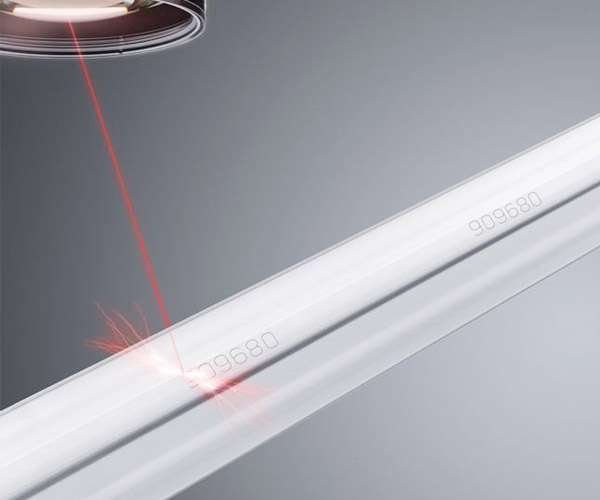The 9,300 nm and 9,600 nm wavelengths are absorbed more by water and hydroxyapatite. This means they can remove hard tissue with less heat and do not go as deep, which is good for doctors and dentists. The 10,600 nm wavelength is used a lot, but it goes deeper and can make more heat in the tissue.
CO2 lasers are not like other lasers. Fiber lasers use a much shorter wavelength, about 1,064 nm. Metals take in this shorter wavelength very well, so fiber lasers are best for cutting and marking metals. Diode lasers use even shorter wavelengths and are good for thin things at lower power.
| Laser Type | Wavelength | Material Interaction |
|---|---|---|
| CO2 Laser | ~10,600 nm | Strongly absorbed by non-metallic materials such as wood, plastics, acrylic, leather, and textiles; suitable for cutting and engraving these materials; can process light gauge metals |
| Fiber Laser | ~1,064 nm | Efficiently absorbed by metals including reflective metals like copper and brass; enables faster, more precise cutting and marking of metals |
| Diode Laser | N/A | Lower cutting speeds; generally used for thinner materials with lower power |
Tip: The infrared wavelength of carbon dioxide lasers lets them cut and engrave non-metals with high accuracy and little burning.
CO2 lasers only go a short way into living tissues, usually about 0.03 to 0.05 mm. This is because water and minerals in the tissue soak up the CO2 laser wavelength very well. This shallow absorption lets carbon dioxide lasers remove tissue with little harm to nearby areas. Other lasers, like fiber lasers, go deeper and are better for metals.
The wavelength of CO2 laser also changes how good the laser beam is. Good beams help make neat cuts and smooth edges. In medicine, this helps lower tissue damage and helps healing. In factories, it makes clean cuts and detailed marks.
